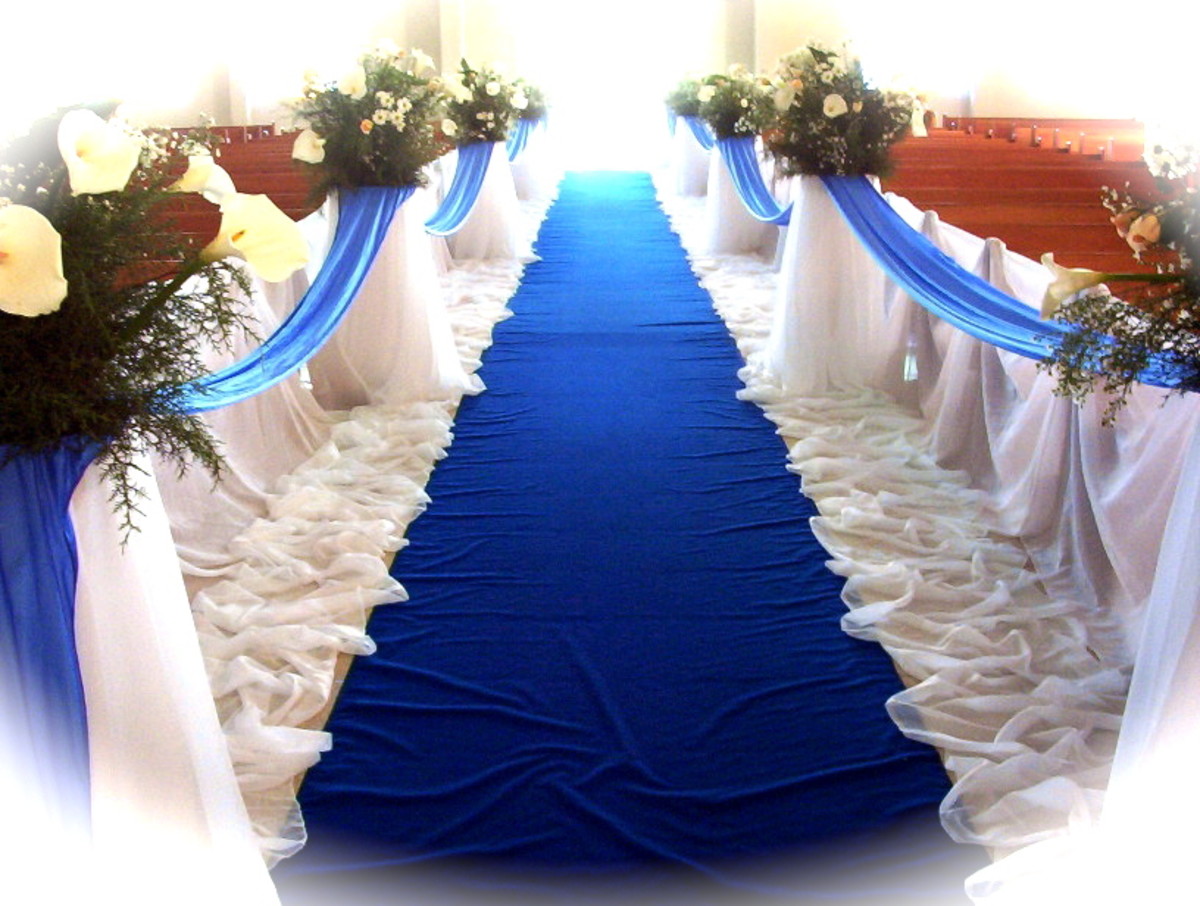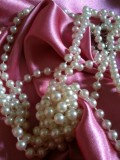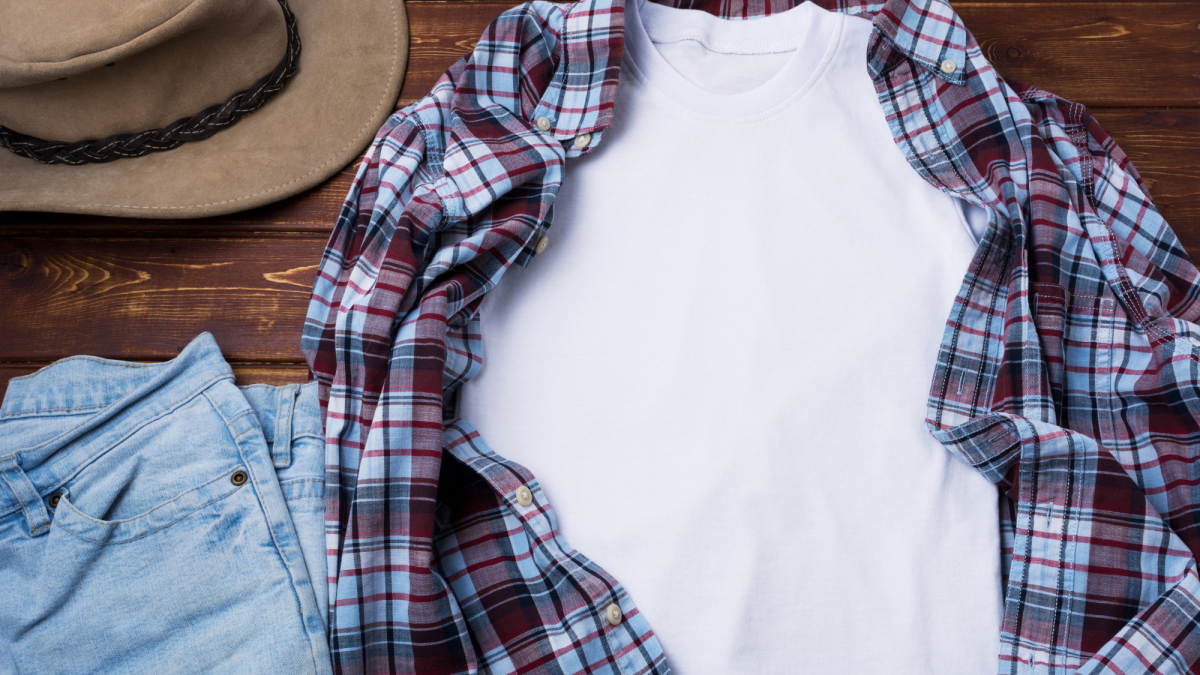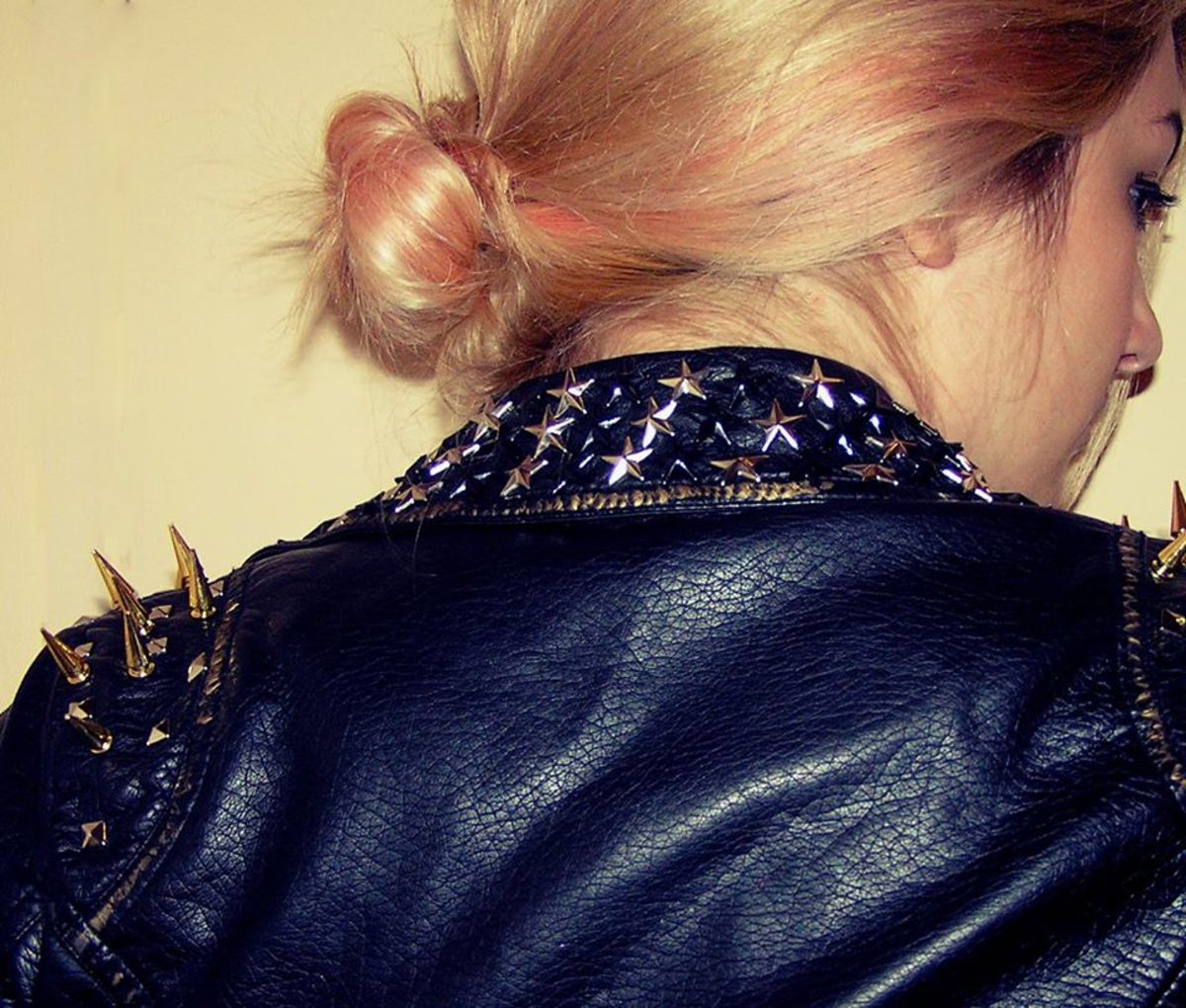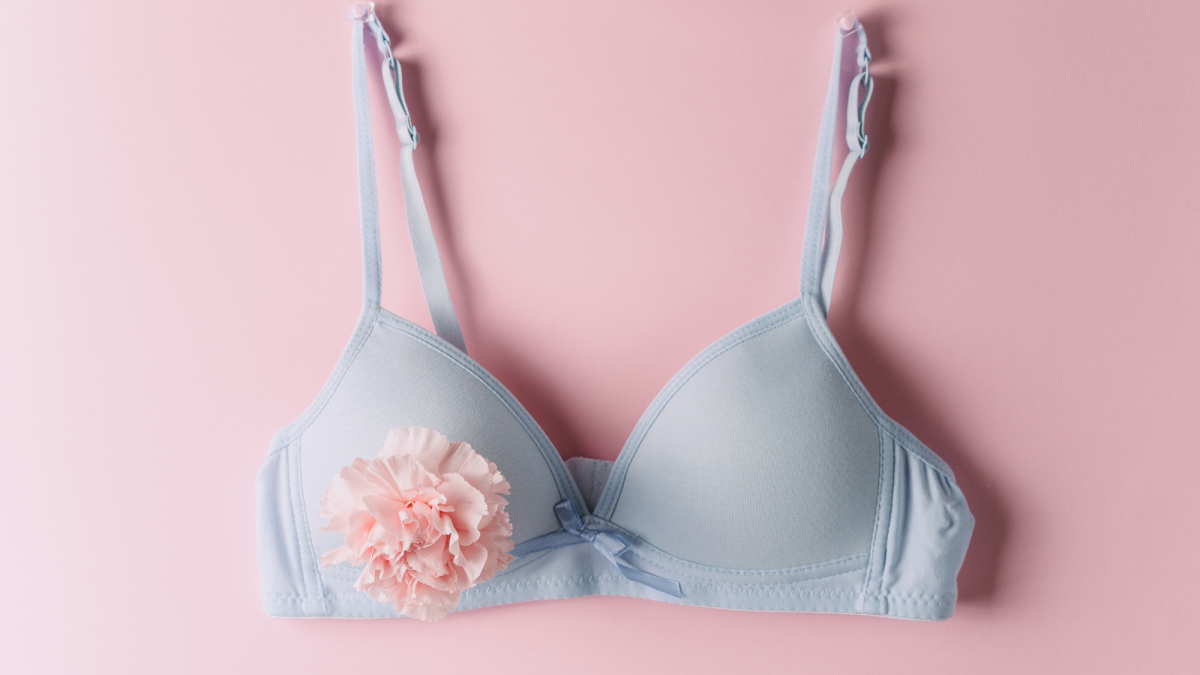How to Wear Color - Your Ultimate Guide to Choose the Right Colors For You
Color is everywhere - in stores everywhere you look, you will find a rainbow abundance of colors. But what is the right color for you to wear? This quick guide will help you to know which color will look the best on you personally.
Part 1 - Identify your personal color - Are you warm or cool?
Knowing the right color tone for your skin and hair tone can do wonders for your skin and your whole appearance - it will flatter you from every angle and give you a healthy glow. The wrong colors for your skin and your hair color can make you look tired or (gasp) even older.
Identifying your color starts with the color red

Here’s the steps to finding the right color for your personal profile
Just implement these steps and you will find the right color to wear for you:
1 - Decide whether your color profile is warm or cool
Looking at which shade of red suits you best is the easiest way of finding the right color for you, and for finding out if your color profile is warm or cool. You can also take this short test to confirm the results below.
Warm based reds
Warm based reds include scarlet and orange red, because they have a yellowish tinge. If warm based reds look good on you, chances are good that you have a warm color profile. Your best colors include orange, reds, coral, watermelon, yellow, peacock blue, peach and lime, but you should try to avoid cool blues. Here's an example of what these colors look like.
Cool based reds
Cool based reds have blueish tint to them, like cherry, raspberry and fuchsia. If you look good in cool based reds, chances are good that you have a cool color profile. Cool color profiles look good in the following colors - cherry reds, fuchsia violet, evergreen, dark teal, peppermint, baby pink and powder blue, but should try to avoid yellow.
2 - What depth of color suit you personally?
All of the above mentioned colors might not suit you personally. So play around and see which colors of the above suit you personally. Check whether bright shades of the above work well for you, or muted colors, or pastel colors. Here's an illustration from WikiHow to find your right colors.
Bring out the warm in your eyes

3 - Bring out the warm in your eyes
Another trick for looking great in color and finding the right color for you is to bring out the color in your eyes. Your eye color will make some colors look good on you, even though they don't traditionally suit your personal color tone. For example, if you are a warm color tone, blue might still look good on you if you have blue eyes. Experiment with which color make the color of your eyes pop, by holding the color in front of your face.
Part 3 - Use the face test to find which colors suit you best
Work from your current colors in your wardrobe to get an idea of what you like and what may suit you personally. You can use the simple “face test” to see how your current wardrobe colors suit you best. See below:
Step 1 - Group your wardrobe’s colors together
Have a look at your current colors in your wardrobe and group the like colors together, black, blue, red, and so on. Stash these on piles on your bed so that you are ready to do the ultimate face test (see next step).
Create your color look book - keep notes and photos

Step 2 - Access which colors of your wardrobe suit you best
Do this test in daylight with a good, long, visible mirror. Drape each item of clothing around your neck and assess what suits you best. You can do this test with a friend to give you her advice and to help with keeping record of the results. How to know for certain which colors are winners? The best colors make your skin tone look healthy and even, they make your eye color pop. The bad-for-you colors make you look tired and washed out.
Step 3 - Sort step two’s colors into groups
In step 3 you you will take every group of colors from your wardrobe (step 1) and match it against your skin to see which suits you best. Then take the item of clothing you analyzed against your skin and add each item of clothing into one of three piles on your bed or couch - a yes, no and a maybe pile. Once you are done with the colors from your personal wardrobe and you haven't cover much ground (or just to get your colors perfect), raid your partner, your child, your friend or your sibling’s cupboard and do the same test with those new colors.
Step 4 - Photograph your winning colors
Now comes the fun part - photo shoot! Take all the clothing colors from your “Yes” and those from your “Maybe” piles that you liked and make a note of the colors of suits you best, and not so well. Set those clothing at a safe place and neatly pack the other clothing away. Then take photographs with those colors that suits you best to take along when you next go shopping for your perfect color wardrobe.
Part 3 - What to do with the results of your personal color audit
Don’t worry if you have lots of clothing that are in your “No” list. The key to looking great in color is to know how to dress well in color. If you wear one color from top to toe, like a dress or jumpsuit for example, make sure that it’s from your “Yes” pile of colors.
To conjure a stunning outfit from your well-suited clothing, take one garment from your “Yes” pile, one complementing color in your color tone, and one neutral color, like black, white, cream or denim. A great looking outfit can be as simple as a red top with a bright pink cardigan and a white skirt and pink, silver or white earrings. From your “No” pile, you can then edit it and decide what to do with your not-so-good colors.
Keep neutral bottoms or bottoms that’s in your “No” and “Maybe” pile. You can always rework those items and because they are not against your skin, they won't do you too much harm. Give all the top and full clothing from your “No” pile to a friend who it suits better. Also keep in mind whether you can wear a better, complimenting color on top or if you can add complementing jewelry to the outfit to make the color more suited.
Ditch the black and white and go shopping!

Part 4 - How to shop the right colors for you
Now’s the time to go shopping to stock up on your winning colors. Keep the photos of your winning colors close at hand when you shop.
Bright colors suit ladies with warm, darker skins as well as girls with dark hair and clear, pale skin.
Pastels look great with cool toned, fair haired and skinned gals, but they can wash everyone else out.
And remember that fabrics with sheer and shine do you more good than matte fabrics, since shine brings light to your face.
Conclusion
These steps will help you to identify your personal color profile and help you to wear the right colors to make you look healthy and lovely. Use this personal color guide when you have a lot of time and you want to have a bit of fun, helping you look great from head to toe.
Reference: New Zealand Fashion Q - 2012
How to wear color - your say!
Have you found your personal color profile?
How to Wear Color - Tips from the web
- Your Guide To Wearing Color
While neutrals will always be our wardrobe workhorses, with the advent of spring we’ve been itching to work color into our ensembles in new ways. With this style mission in mind, we set our sigh - Colors to Wear for Skin Tones | typeF.com
Colors to Wear for Skin Tones tips and other expert Personal Fashion Advice advice including Colors That Look Good on Bronze Skin Tones, How to Pick the Right Dress to Match My Hair & Skin Tone and much more. Join typeF in promoting beauty & - How to... Wear colour by finding the right shade for you | Mail Online
Wearing the correct colours can make you feel more energised, look less drawn and dramatically enhance your overall appearance. - How to Wear Color - Summer 2012 Color Trend - Harper's BAZAAR
How to perfectly wear this season's bright colors. - 3 Ways to Choose What Color to Wear - wikiHow
How to Choose What Color to Wear. Once you understand color, it's relatively easy to create a wardrobe where every item makes you look your best and ties in well with each other. It can be extremely rewarding and once you understand which... - Clothing Colors for Fair Skin with Blonde, Brown, Red, or Black Hair
How do you choose the perfect clothing colors for fair skin? In this hub we determine this by assessing whether you have warm or cool skin tones and blonde, red, brown, or black hair.

